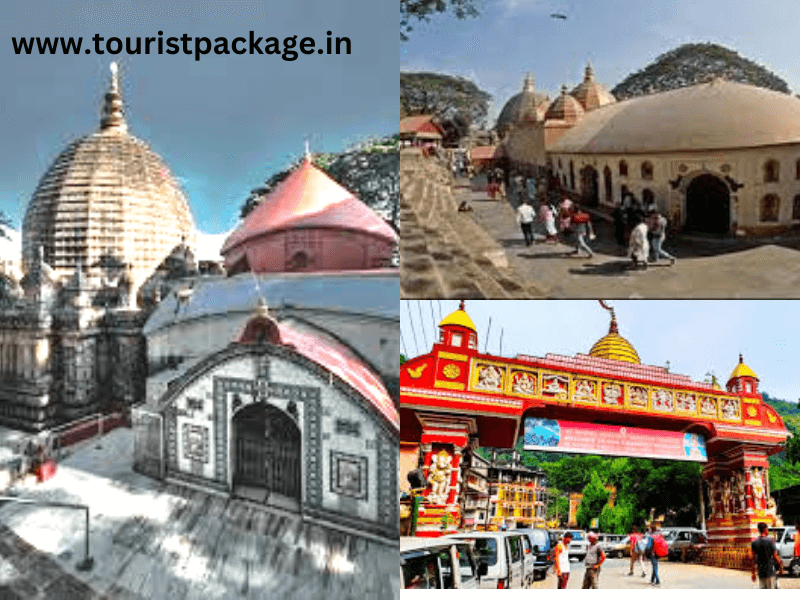The Kamakhya Temple is located in Guwahati, Assam. It is one of the most revered and significant temples in India. It is dedicated to the goddess Kamakhya, who is considered to be one of the ten Mahavidyas or forms of Goddess Shakti. The temple’s origin dates back to ancient times, and it is steeped in myth and legend.

According to Hindu mythology, the goddess Sati was married to Lord Shiva. However, Sati’s father, King Daksha, did not approve of the marriage and invited all the gods to a grand Yagna but did not invite Sati and Lord Shiva. Sati was angered by this insult to her husband and immolated herself in the fire of the Yagna. Lord Shiva overcome with grief, carried her burnt body and wandered the earth in despair.
As Lord Shiva roamed the earth carrying the body of Sati, her body parts fell in different places. Her yoni or genitals fell on the Nilachal Hill, and a temple was built at the spot in her honor. This temple came to be known as the Kamakhya Temple.
The Kamakhya Temple has undergone several renovations and modifications over the centuries, and the present structure is believed to date back to the 17th century. It is a magnificent example of traditional Assamese architecture, with a hemispherical dome at the top and intricate carvings and sculptures covering the walls and ceilings.
The temple has three main chambers – the Garbhagriha or sanctum sanctorum, the Madhavas, or middle chamber, and the Calanta, or western chamber. The Garbhagriha houses the main deity, a stone representation of Goddess Kamakhya. The temple also has several smaller shrines dedicated to other deities such as Lord Shiva, Lord Vishnu, and Lord Ganesh.
The Kamakhya Temple is not only a place of worship but also a site of great spiritual significance. It is one of the most important Shakti Peeths in India, and devotees believe that praying here can help fulfill their desires and overcome their problems. The temple attracts a large number of pilgrims during the annual Ambubachi Mela, which is held during the monsoon season in June-July. During this festival, the temple is closed for three days as it is believed that the goddess menstruates during this time.
Apart from its spiritual significance, the Kamakhya Temple is also a popular tourist destination. The temple’s beautiful architecture, stunning views of the surrounding hills, and the vibrant atmosphere make it a must-visit site for anyone traveling to Assam.
In conclusion, the Kamakhya Temple is a magnificent shrine that is steeped in myth and legend. It is a testimony to the rich cultural heritage of Assam and an important pilgrimage site for Hindus. Its spiritual significance, stunning architecture, and vibrant atmosphere make it a must-visit destination for anyone looking to explore the culture and spirituality of Assam.
